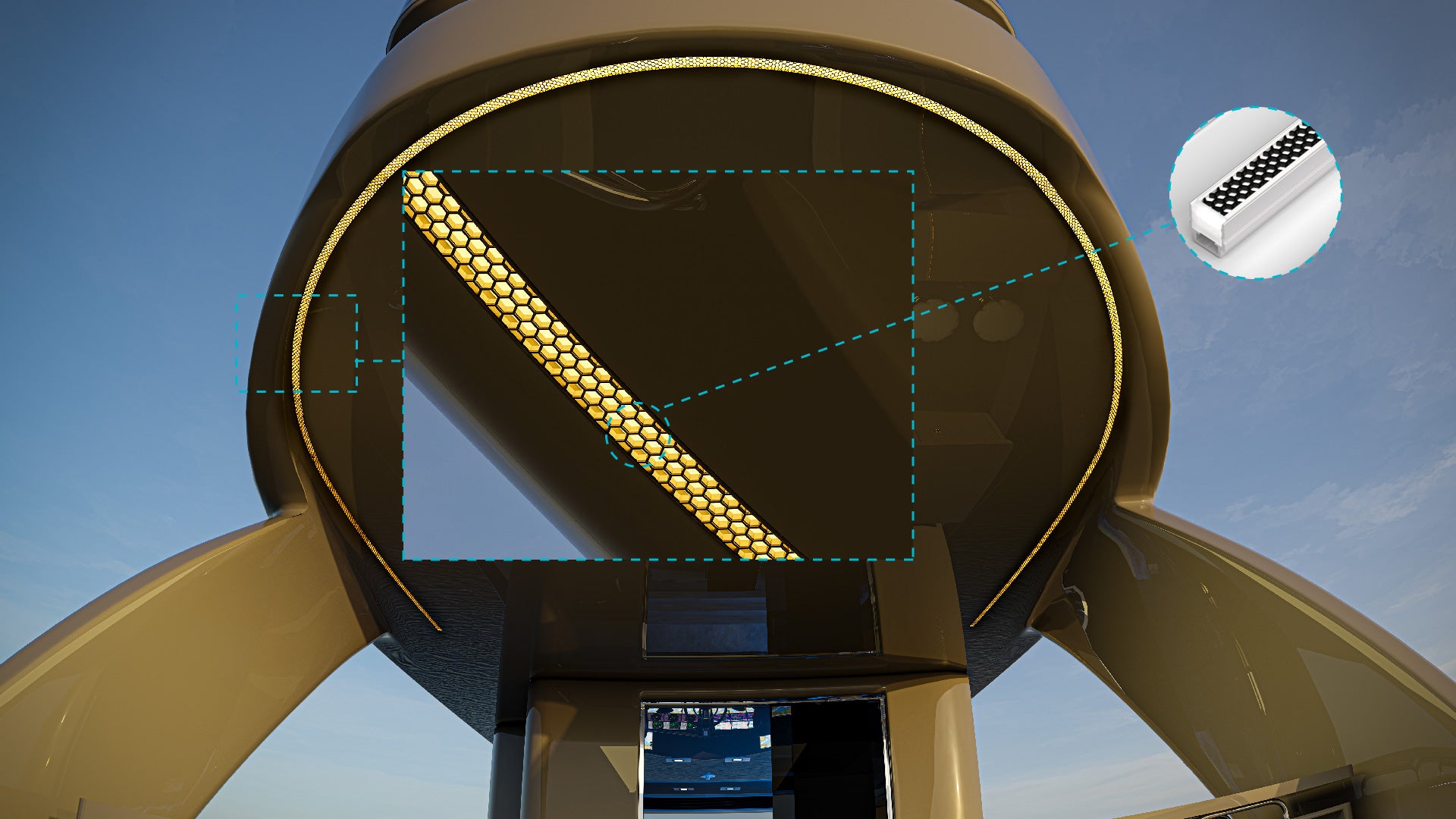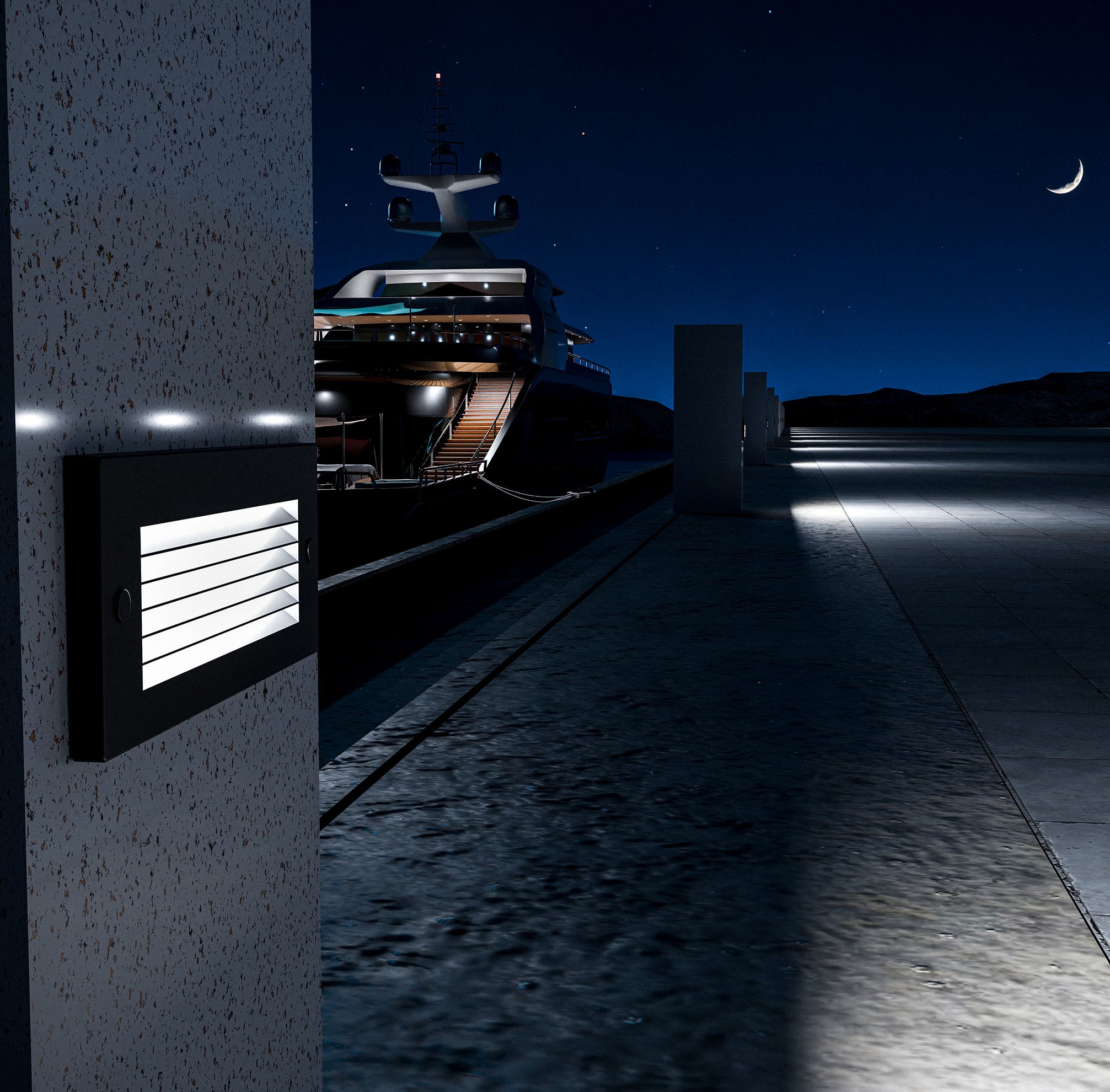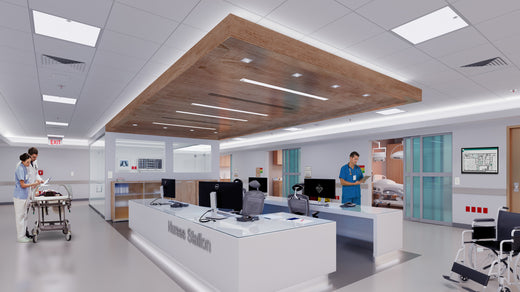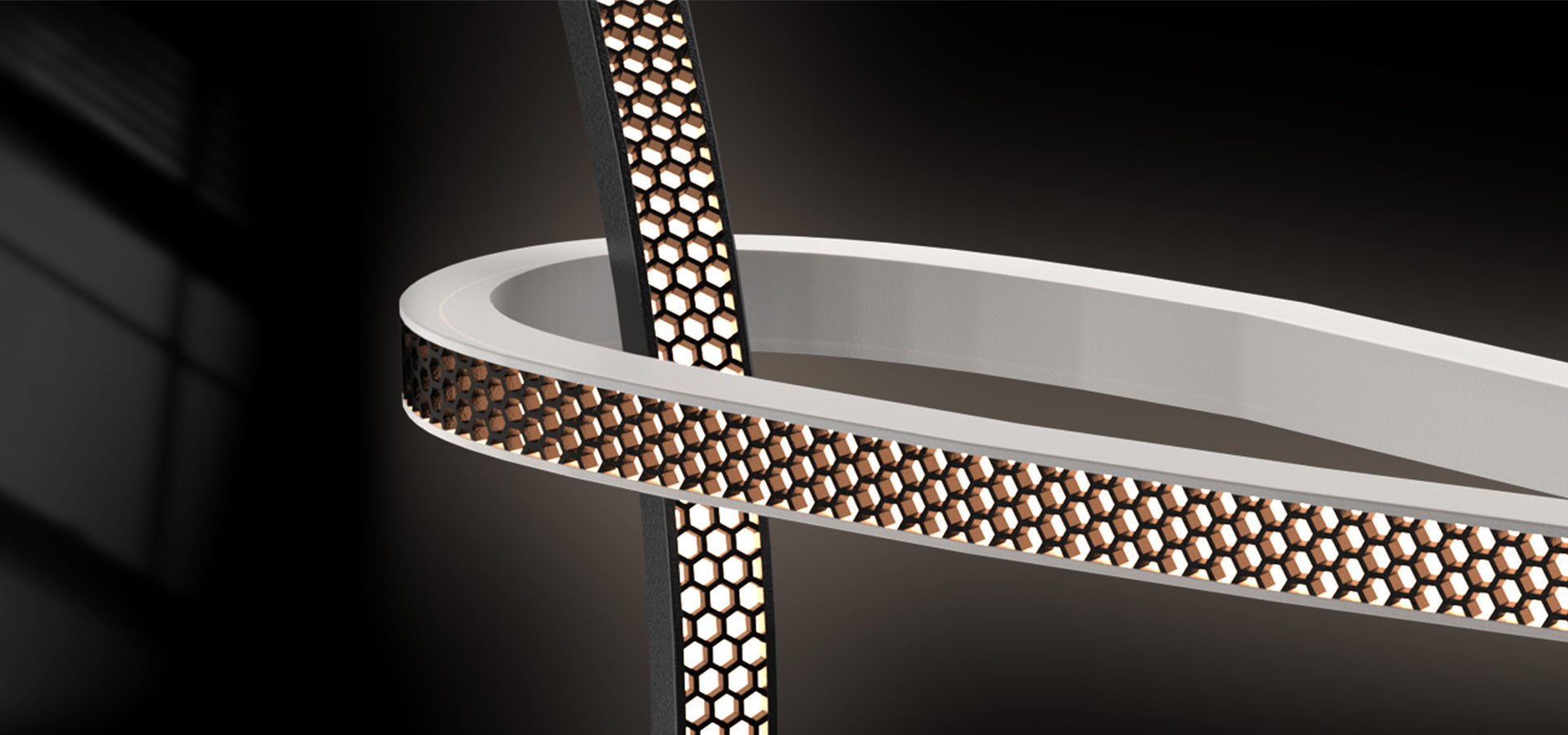Healthcare facilities, from hospitals to clinics, require environments that prioritize precision, safety, and patient comfort. LED lighting offers a range of benefits, from improving patient care and safety to reducing operational costs.
Enhanced Patient Comfort and Well-Being
Adjustable Lighting for Patient Rooms
One of the key features of LED lighting is its ability to adjust brightness and color temperature. In patient rooms, softer, warmer lighting can create a more comfortable and relaxing atmosphere, helping to reduce patient stress and promote faster recovery. Healthcare staff can easily adjust lighting levels to suit individual patient needs, providing a customized experience.
Promoting Restful Sleep with Dimmable Lights
Patient rest is crucial for recovery. LED lighting systems can be dimmed at night to create a more restful environment for patients. Unlike harsh fluorescent lighting, which can disrupt sleep, dimmable LED lights ensure that patients get the rest they need, improving overall outcomes.
Reducing Eye Strain in Waiting and Recovery Areas
In waiting rooms, recovery areas, and examination rooms, LED lighting offers the flexibility to reduce eye strain for patients and visitors. The even distribution of light and the ability to control glare make waiting times more comfortable, helping to create a more positive patient experience.
Energy Efficiency and Cost Savings
Reduced Energy Consumption
Healthcare facilities operate around the clock, making energy efficiency a priority. LED lighting consumes up to 75% less energy than traditional lighting options like incandescent or fluorescent bulbs. This significant reduction in energy use results in lower electricity bills, freeing up resources that can be allocated to other areas of patient care.
Long Lifespan and Reduced Maintenance
LED lights have a much longer lifespan—often up to 25 times longer than traditional bulbs. This reduces the need for frequent replacements, minimizing maintenance disruptions and associated costs. For healthcare facilities where lighting needs to be reliable and consistent, LEDs offer a durable, low-maintenance solution.
Supporting Sustainability Initiatives
Many healthcare facilities are committed to reducing their carbon footprint. By switching to LED lighting, they can significantly cut energy consumption and greenhouse gas emissions. Additionally, LEDs contain no hazardous materials like mercury, making them safer to dispose of and supporting environmental sustainability efforts.
Improved Safety and Visibility
Precise Lighting in Operating Theaters
In critical areas like operating rooms, visibility is paramount. LED lights offer bright, high-intensity illumination that enhances precision during surgeries. Their adjustable nature allows healthcare professionals to position the lights exactly where they are needed, reducing shadows and improving accuracy during procedures.
Enhanced Security in Hallways and Exterior Areas
LED lighting is also essential for ensuring safety in non-clinical areas such as hallways, stairwells, and parking lots. Bright, uniform illumination reduces the risk of accidents, making it easier for patients, staff, and visitors to navigate the facility. Well-lit exterior areas improve security, deterring potential threats and ensuring a safer environment for everyone.
Motion-Sensing Lights for Efficient Lighting Use
In areas that aren’t in constant use, such as storage rooms and offices, motion-sensing LED lights can help conserve energy. These lights automatically turn on when movement is detected and switch off when the area is empty, ensuring that energy is only used when needed without compromising safety.
Creating a Sustainable Healthcare Environment
LED Lighting as Part of Green Initiatives
Healthcare institutions around the world are adopting green initiatives to minimize their environmental impact. LED lighting aligns perfectly with these goals, offering energy efficiency, long lifespans, and reduced waste. By choosing LEDs, healthcare facilities can lower their carbon footprint while maintaining high standards of care.
Mercury-Free and Environmentally Friendly Disposal
Unlike traditional fluorescent lights that contain harmful mercury, LED lights are mercury-free, making them safer for both the environment and the people handling them. This makes LED lighting a preferred choice for healthcare facilities that prioritize sustainability and safety in their operations.
Versatile Applications Across Healthcare Settings
Tailored Lighting for Different Departments
LED lighting is versatile enough to be used in a variety of healthcare settings. In operating rooms, high-intensity, shadow-free lighting is critical for accuracy. In contrast, in recovery rooms and waiting areas, softer, more ambient lighting can create a comfortable and welcoming atmosphere. LED systems allow healthcare administrators to customize lighting to fit the specific needs of each department.
Enhancing Aesthetics in Waiting Rooms and Cafeterias
LED lighting is not just about functionality—it can also improve the aesthetics of healthcare facilities. In waiting rooms, cafeterias, and common areas, customizable lighting systems can create a more inviting and modern atmosphere, helping to reduce anxiety for patients and visitors alike.
Integration with Smart Lighting Systems
LED lights can be easily integrated with smart lighting systems, allowing healthcare facilities to automate and optimize energy use. These systems enable administrators to control lighting levels based on time of day, occupancy, or specific activities, further improving energy efficiency and reducing operational costs.
Infection Control and Durability
Easy-to-Clean Fixtures for Sterile Environments
In healthcare settings, maintaining cleanliness is essential. LED lighting fixtures are designed to be durable and easy to clean, making them ideal for sterile environments such as operating theaters and laboratories. Their smooth surfaces and sealed designs prevent dust and contaminants from accumulating, supporting infection control efforts.
Heat Reduction in Temperature-Sensitive Areas
Traditional lighting options generate more heat, which can be problematic in temperature-sensitive areas like medication storage rooms and laboratories. LED lights generate far less heat, helping to maintain a stable environment in critical areas where temperature control is essential.
LED lighting is transforming healthcare facilities by offering energy efficiency, improved safety, and enhanced patient care. With versatile applications in every area of a hospital or clinic, from patient rooms to operating theaters, LED lighting is helping healthcare institutions create better environments for both patients and staff. By adopting LED technology, healthcare facilities can improve outcomes, reduce costs, and contribute to a more sustainable future.









